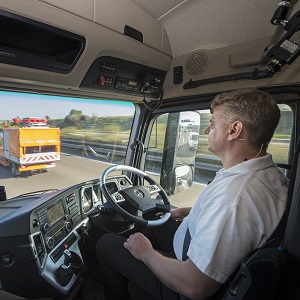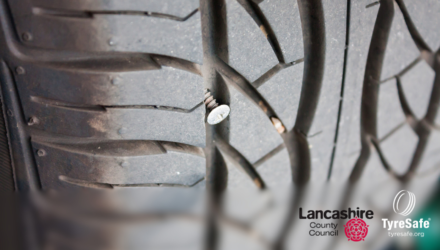
If it’s frustrating when a computer or smartphone crashes, then imagine the feeling when the software powering an autonomous truck unexpectedly freezes or shuts down.
The potential for software to cause crashes of a much more violent and deadly variety is rising to the top of the transportation industry’s agenda this year following a series of recalls linked to flawed code.
The rising number of glitches with software in vehicles is a good example of how such digital transformations can often spawn new and equally challenging problems, said Zohar Fox, chief executive of Aurora Labs,
“You can imagine the downtime of a fleet of autonomous trucks if you have a recall because of software,” Fox said. “This is a topic that’s a new problem in this industry and it will change how we see operations.”
Tel Aviv-based Aurora Labs is trying to tackle potential glitches with technology that essentially allows vehicles to fix themselves. The company has raised $2.7 million in venture capital since launching in 2016 and has about 14 employees.
The case for such a solution got an unfortunate boost this year after a slate of software-related recalls.
In February, Kenworth recalled almost 2,000 semi-trucks because of a software glitch that incorrectly displayed which gear they were in.
That same month Fiat Chrysler Automobiles announced that it would recall 229,000 Ram pickup trucks due to problems with a faulty gear shifting system that it said was partly software related. A few days later, BMW revealed that it would need to recall 11,700 cars due to engine management software that had been improperly installed. Finally, Toyota said it would recall 65,000 Tundra and Sequoia pickup trucks because of a software glitch that could cause stability control and other systems to abruptly shut down.

Fox says these issues are hardly surprising. Even as trucks and cars start to incorporate growing numbers of connected services, semi-autonomous features, or digital maintenance monitoring tools, the complexity of software in vehicles is exploding.
Aurora estimates that on average, a passenger vehicle might run on 150 million lines of code. And the company believes that bulky software typically contains about 50 errors in each 1,000 lines of code. Those numbers are potentially much larger for long-haul trucks. That’s particularly true as they begin to incorporate emerging technologies such as platooning, where digitally tethered convoys of two or more trucks travel closely together to reduce drag and increase fuel efficiency.
To manage these issues, the industry has been turning to what is known as OTA or “over-the-air” updates. That is, software patches that are sent to vehicles via wireless networks.
But that approach carries its own risks. Back in February, Fiat Chrysler Automobiles tried to deliver a simple update to its in-vehicle entertainment system known as Uconnect via OTA. The update caused the information and entertainment systems to continuously reboot. Beyond just the inconvenience of losing the radio, the Uconnect system also controls things like heating and air conditioning, the movement of the seats, and in some cases the steering wheel.
“Every time someone adds new lines of code, it creates the potential for new errors,” Fox said.
Aurora’s system attempts to make vehicles self-healing. The company partners with manufacturers to include the technology inside vehicles. The system relies on machine learning, essentially algorithms that continually allow it to become more intelligent as it gathers more data about the vehicle.
The platform searches for any unusual or abnormal behavior in any software running in the vehicle. The goal is to proactively detect potential glitches and then create the necessary fixes that can be sent via an OTA system. In this way, the company wants to help partners avoid more extensive and costly recalls that could also cause huge downtime for fleets.
To avoid some of the hiccups that other OTA systems have experienced, the company’s updates target just the faulty parts of the code. And rather than writing over and erasing the entire previous version of the software, these smaller updates can be delivered more quickly and preserve older copies of the software in case a fleet owner or OEM needs to roll back the changes.
Fox noted that by 2020, more than half of all vehicles on the road are expected to have some form of connectivity. And while entertainment and communication systems are an early starting point, connected functionality is gradually extending to all parts of vehicles.
“We’re creating a revolution in transportation,” Fox said. “We also need a revolution in the detection and resolution process so the industry can keep moving forward.”

















